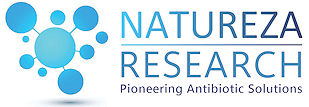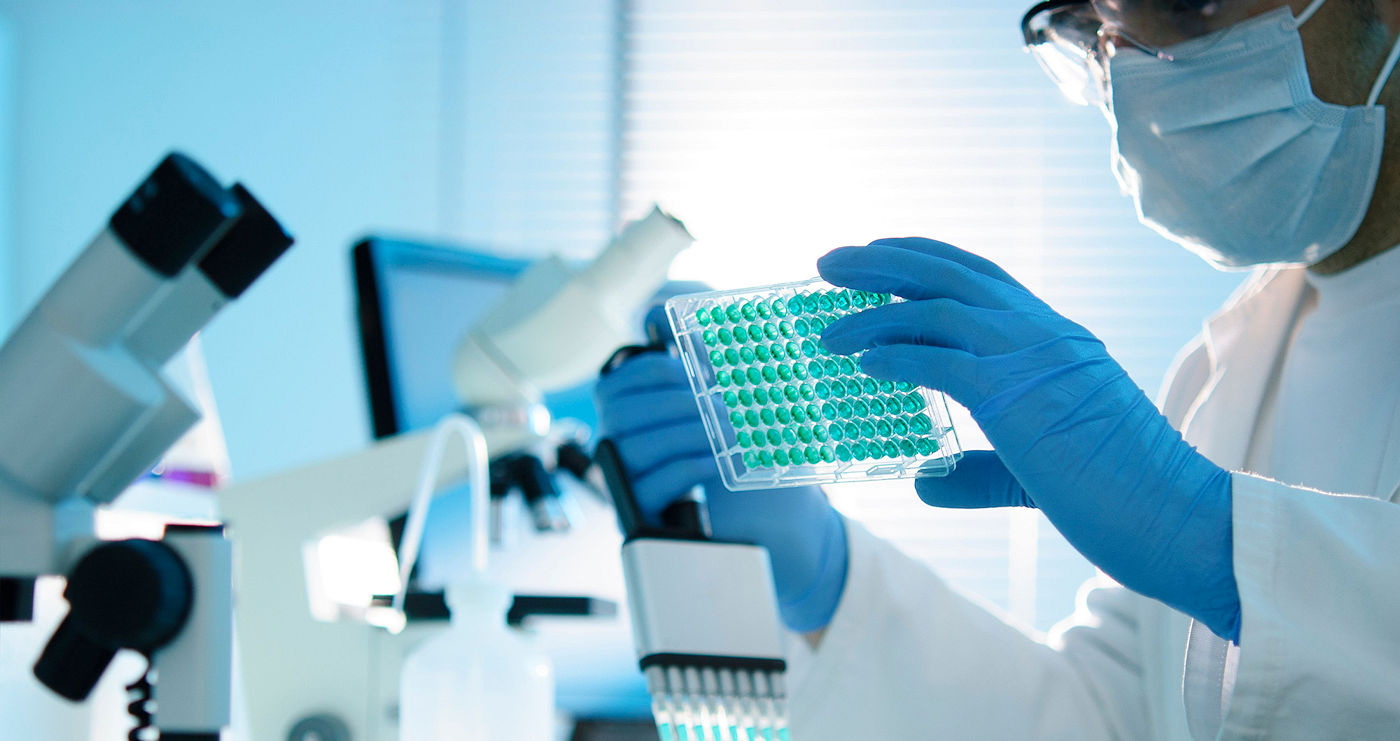WHO to World: The Foundation of Modern
Medicine is Crumbling
By Tristan A Cogan, BSc (Hons) PhD, Natureza Antimicrobial Projects Manager
WHO to World: The Foundation of Modern Medicine is Crumbling
Tristan A Cogan, BSc (Hons) PhD, Natureza Antimicrobial Projects Manager
The WHO has recognised a number of antibiotic-resistant pathogens as posing the greatest threat to human health. It further concluded that mortality and morbidity from resistant infections is on the rise globally, the clinical anti-bacterial pipeline remains insufficient, and the pipeline outlook remains bleak (WHO 2019). A recent Wellcome Trust report concludes that it is ‘no exaggeration to say that antibiotics are the foundations of modern medicine. But these foundations are crumbling’ (Wellcome Trust 2020). This is exacerbated by economic disincentives. It typically takes 10-15 years and over $1 Billion to produce a new antibiotic.
The fact that bacteria can develop resistance within months of a new antibiotic being deployed has acted as a powerful disincentive for antibiotic development, with only two new classes being developed in the last 40 years. In the laboratory this has been illustrated to occur in a matter of days following the exposure of non-resistant bacteria to an agent in agar, resulting in the evolution of stronger resistance over time (Baym et al 2016). It is clear than new classes of antibiotics with novel targets need to be developed, but also that these need to present a barrier to the development of antibiotic resistance.
The majority of the bacteria needing new antibiotics to be developed as a critical or high priority are Gram-negative – the ESKAPE pathogens – but a minority of Gram-positives, such as vancomycin-resistant Enterococcus faecium, are also high priority.
Carboxylic acids and their derivatives are known to have weak antimicrobial activity against Gram-positive bacteria in their native state (Casillas-Vargas et al. 2021), with activity against Gram-negative organisms only seen at very high concentrations (Kabara et al. 1972), which make them impractical for use as a therapeutic agent. Alkyl amine and amide derivatives of fatty acids (with nitrogen atoms in or attached to the hydrocarbon chain) have improved activity, with some showing weak activity against Gram-negatives, but have chronic effects making them unsuitable for use as a human chemotherapeutic agent (Anonymous 1999).
Casillas-Vargas et al. (2021) suggested that fatty acids could form the basis of a new generation of antimicrobial agents due to their ability to act directly on bacteria and to synergise with existing antibiotics. Lam et al. (2016) had previously shown that a number of fatty acids could be formulated as phospholipid liposomes, and that these showed antibacterial activity, but that absorption into eukaryotic membranes and cytotoxic activity was a problem with extended contact, meaning that such preparations were likely to be limited to topical usage.
Bacteria have a long history of exposure to carboxylic acids, with chain lengths of up to C18 being present in milk and animal and plant tissues. Despite centuries of exposure to inhibitory or subinhibitory concentrations, carboxylic acids at high concentrations are still reliable food preservation agents (Vazquez et al 2011), with no indication that resistance has ever developed.
Carboxylic acids act on the membrane of bacteria, disrupting the function of the membrane and altering fluidity (Parsons et al 2012) and altering cell signalling pathways (Ibarguren et al 2014). It is also suggested that production of ROS, DNA/RNA/protein synthesis inhibition and metabolic inhibition could also be mechanisms of action (Casillas-Vargas et al. (2021).
These substances are readily absorbed into the skin and mucous membranes. This property is desirable in a topical agent, but limits their efficacy in internal usage, where rapid absorbance and turnover by eukaryotic cells means that they cannot reach a distal site of action.
Nanoparticle encapsulation has been used in recent years to protect drugs from off-target absorbance, and has been used to deliver higher concentrations of antibiotics to bacteria than would be possible using the agents in their native state. This has been shown to be effective in overcoming low level resistance to agents in MRSA (Scolari et al) and in Mycobacterium (About aleb et al).
We have shown that chitosan can be modified to direct fatty acids towards Gram-positive or negative bacteria so that they exert antimicrobial effects and that fatty acids work as effective antibiotics in vitro and in vivo, with activity against extremely drug resistant pathogens. Bacteria exposed to them do not develop resistance to these agents, and they are not toxic to mammalian cells. Activity was seen against salmonellosis and C. difficile infection in animal models.
Our results demonstrate that fatty acids coated with chitosan are effective antibiotics, and can be used for a long period of time without resistance developing.
Natureza Patents New Antibiotic Agents
Natureza’s patented formulations introduce a transformative new class of antibiotic agents that overcome bacterial resistance and removes the time barrier of investment return.
Natureza’s research offers a true paradigm shift, one that would remove the imbalance in development cost by eliminating the ability of bacteria to become resistant. With the promise of new drugs being able to be marketed for years providing not only the time to recover investment, but a profit as well, a new investment environment would emerge that would encourage the development of new, much needed antibiotics.
[su_patentstatement]
The rise of superbugs: Facing the antibiotic resistance crisis
“The rise of superbugs: Facing the antibiotic resistance crisis










